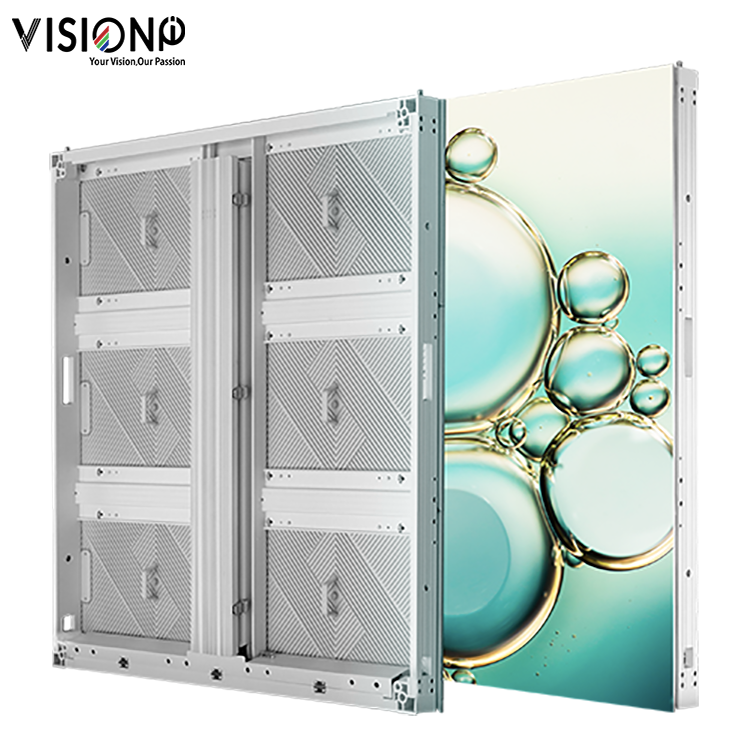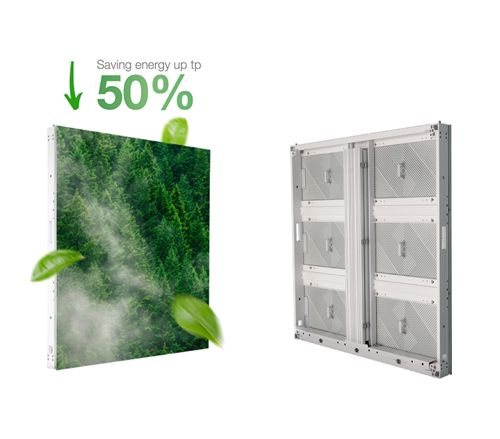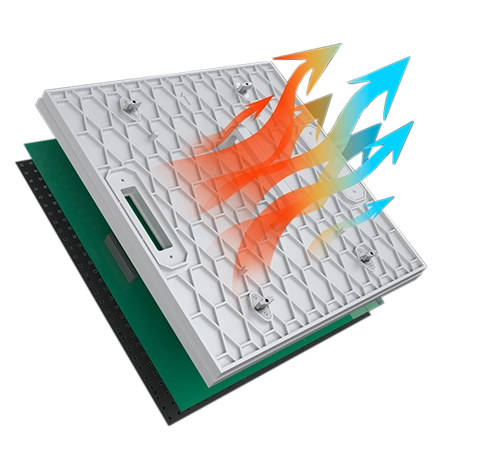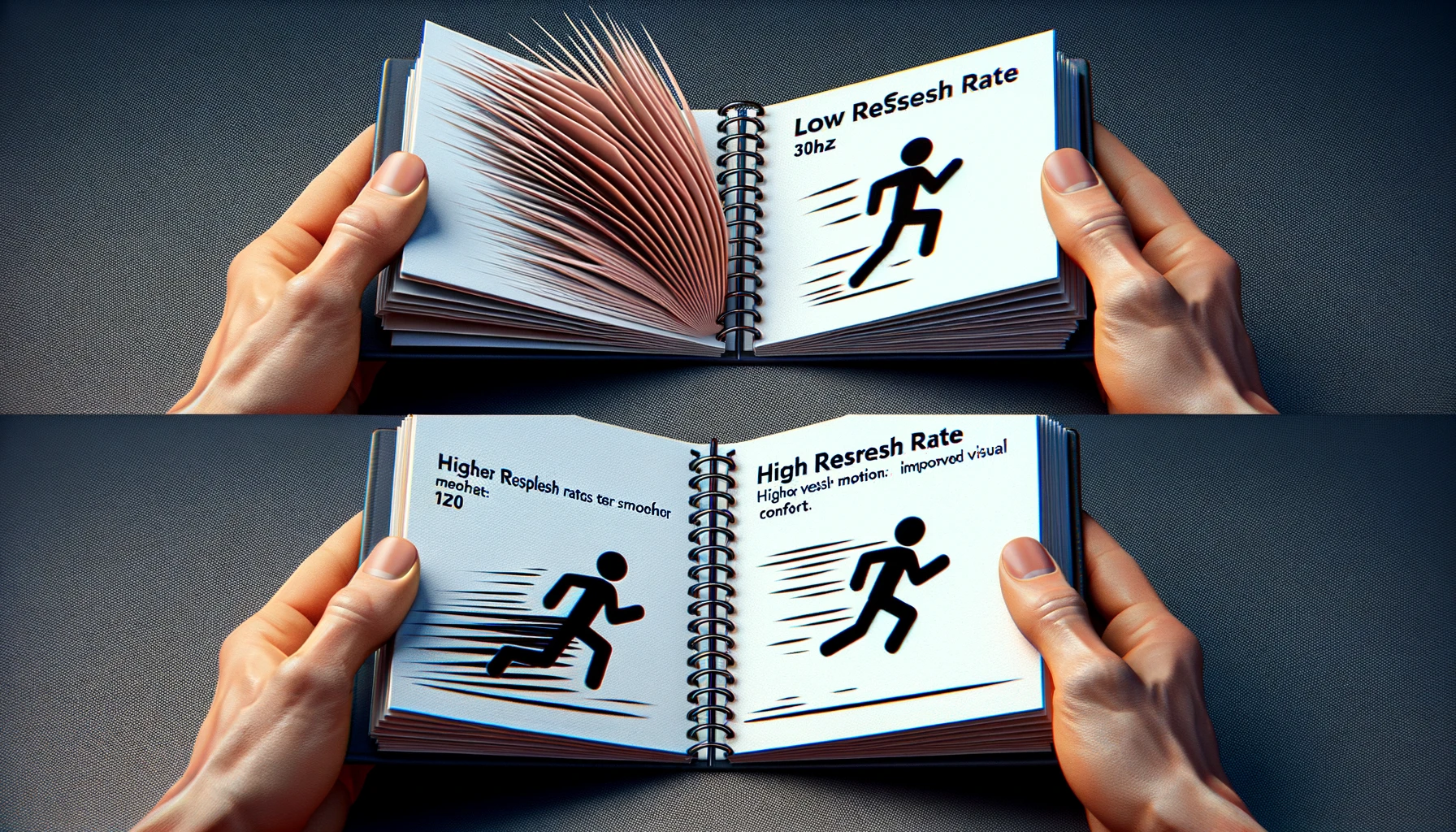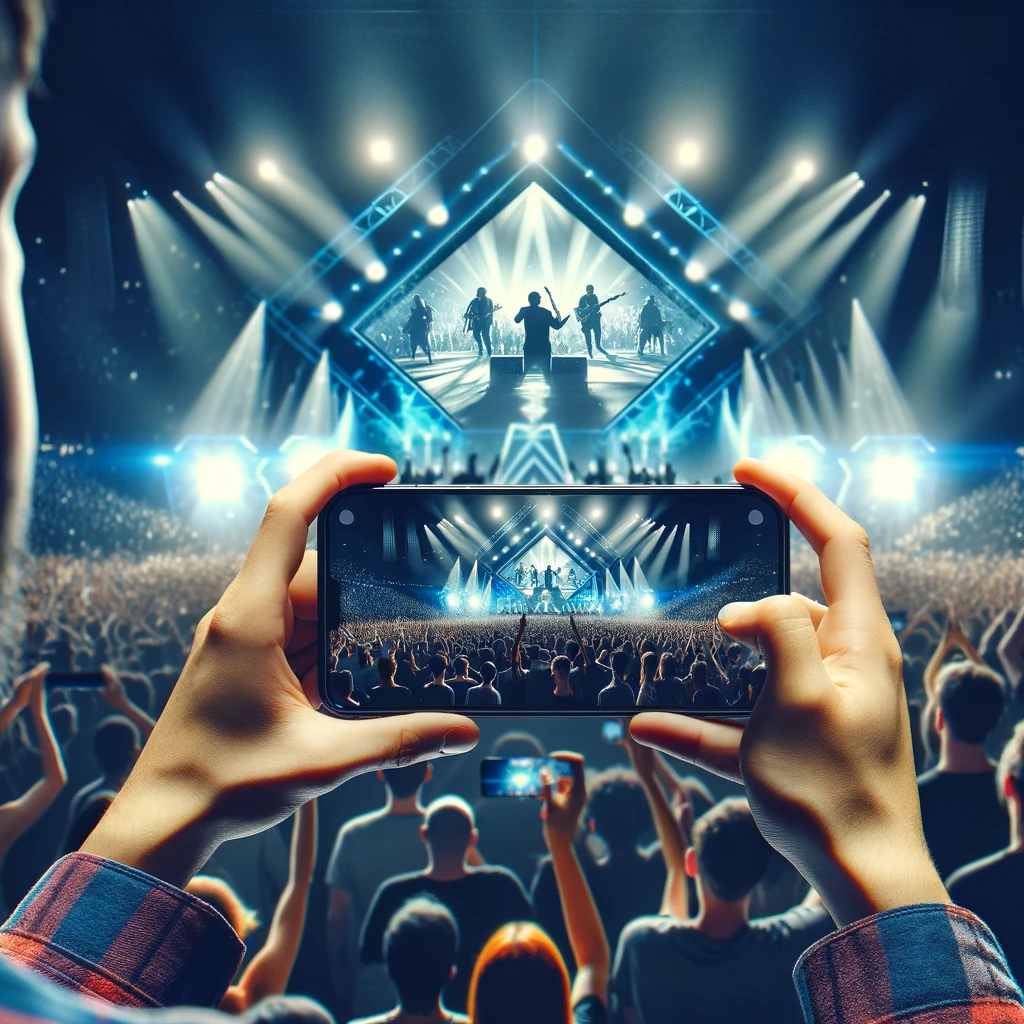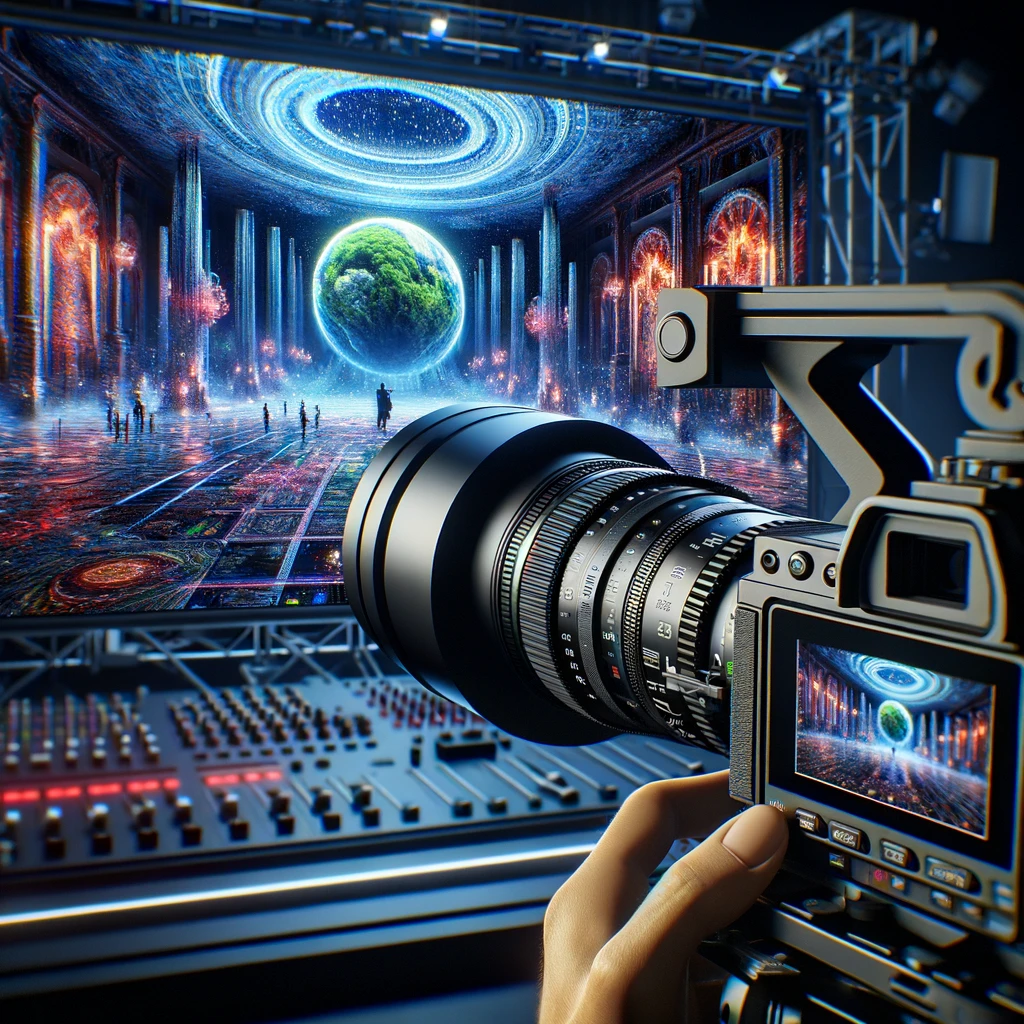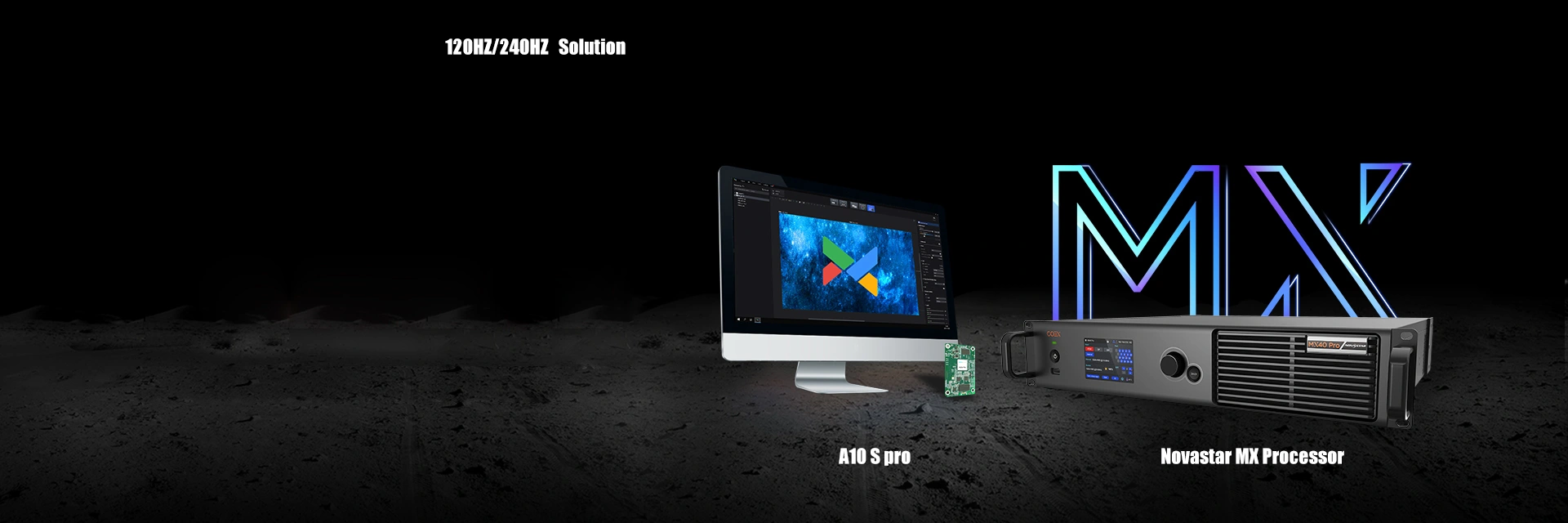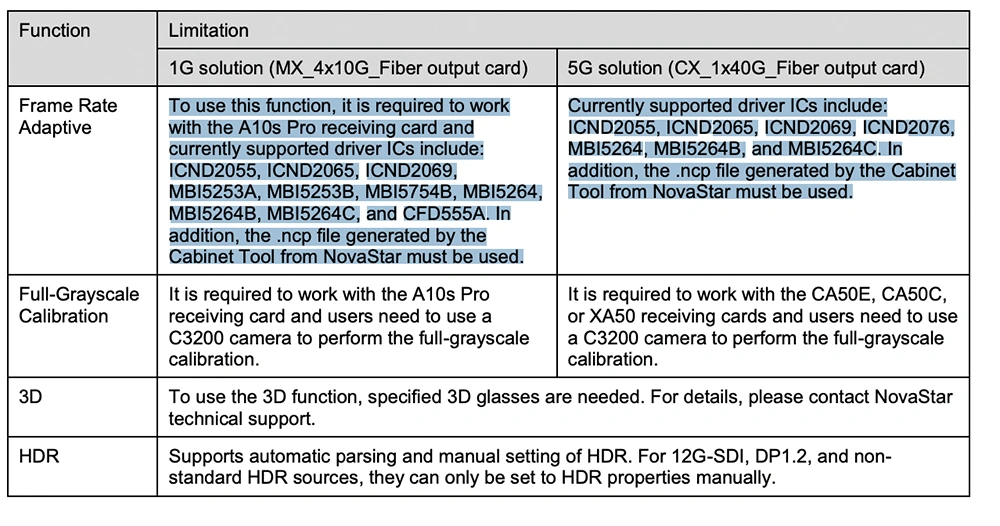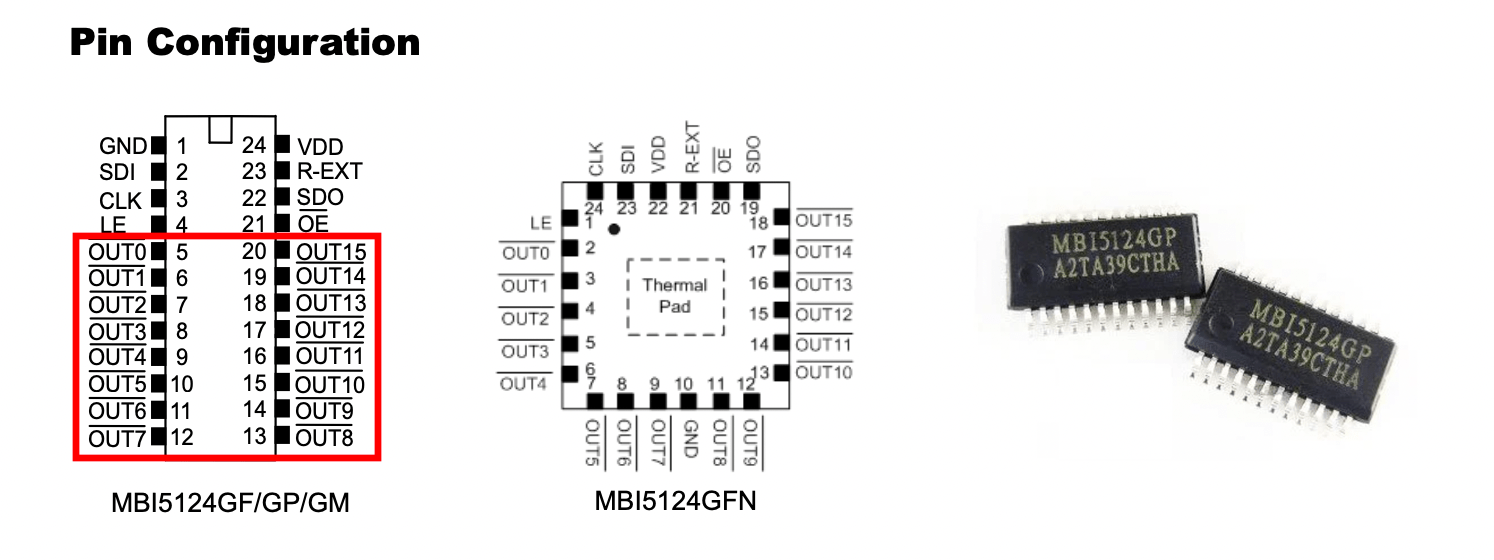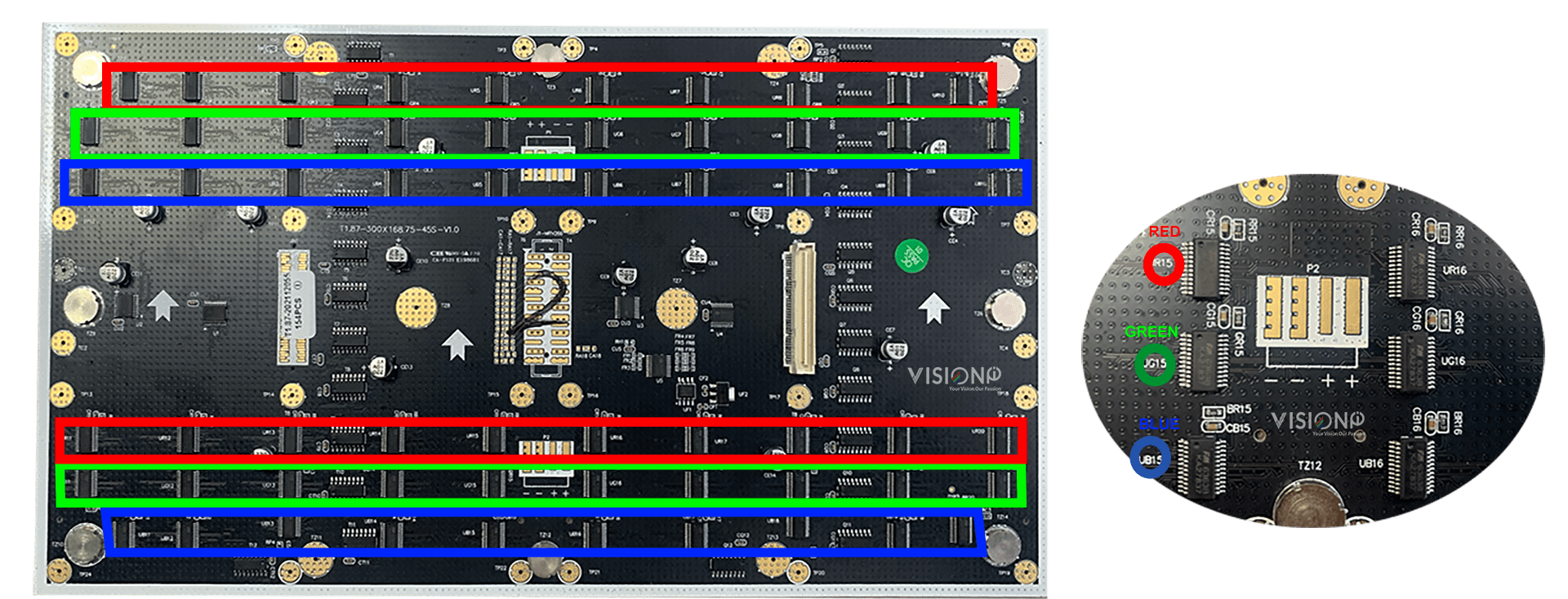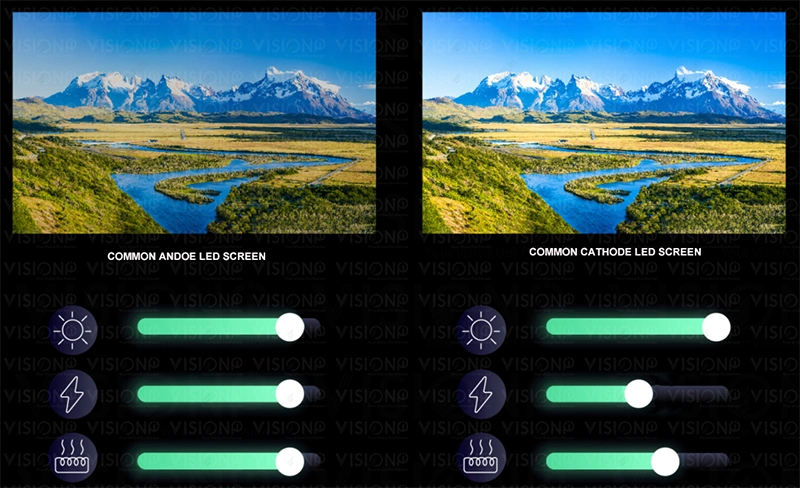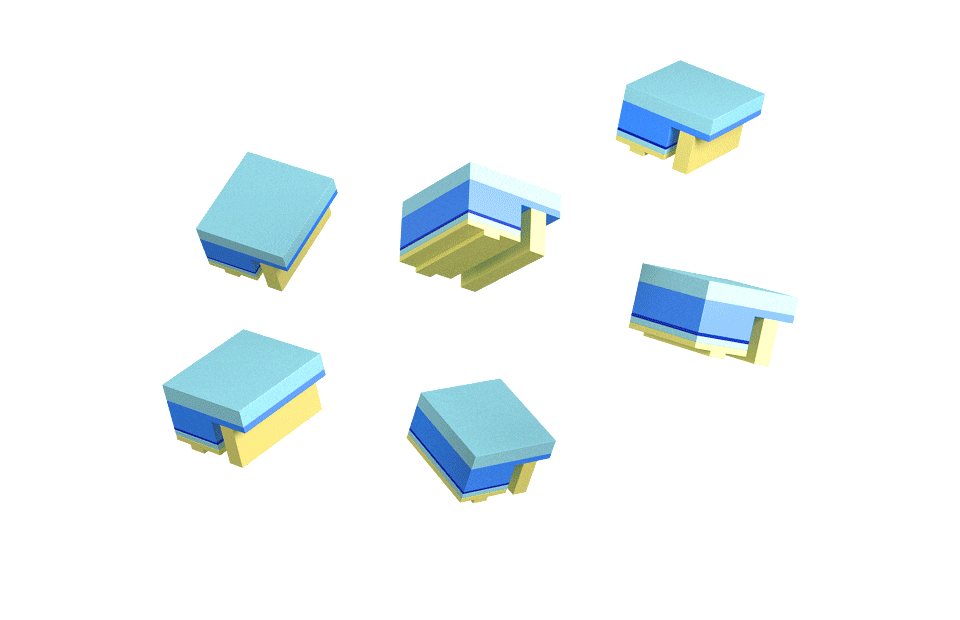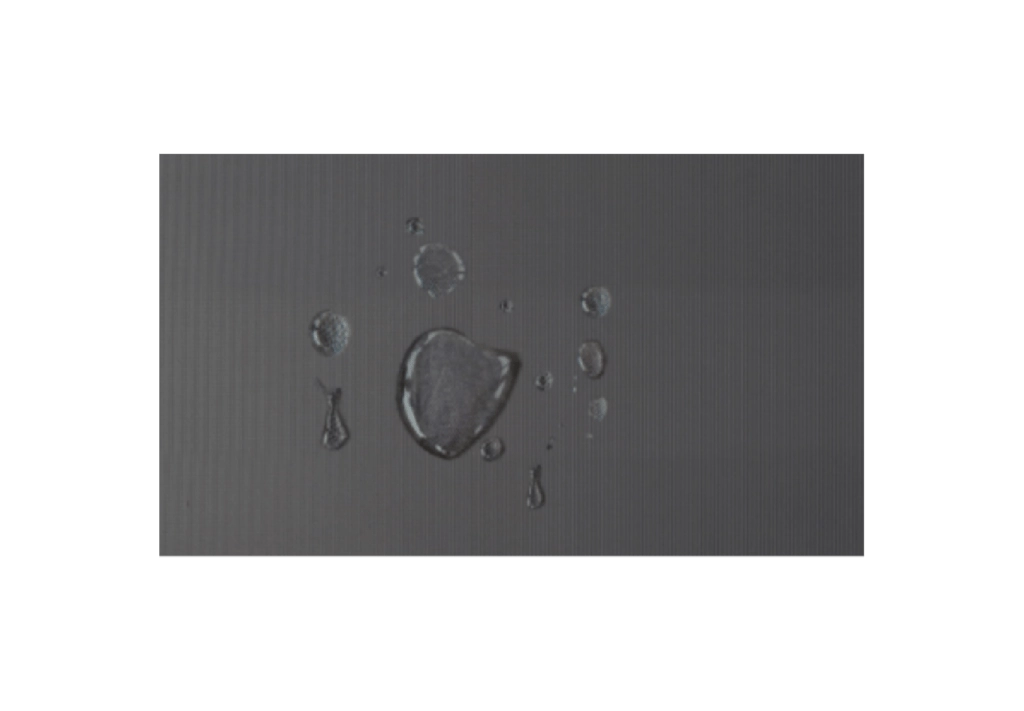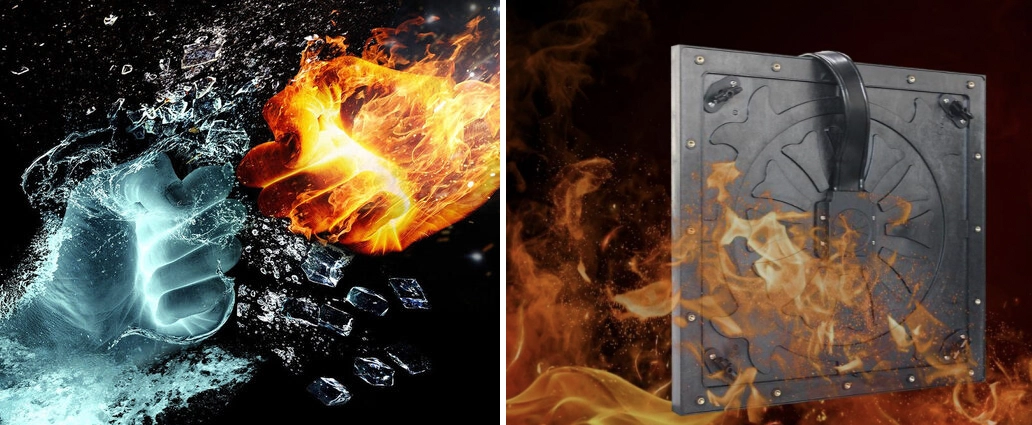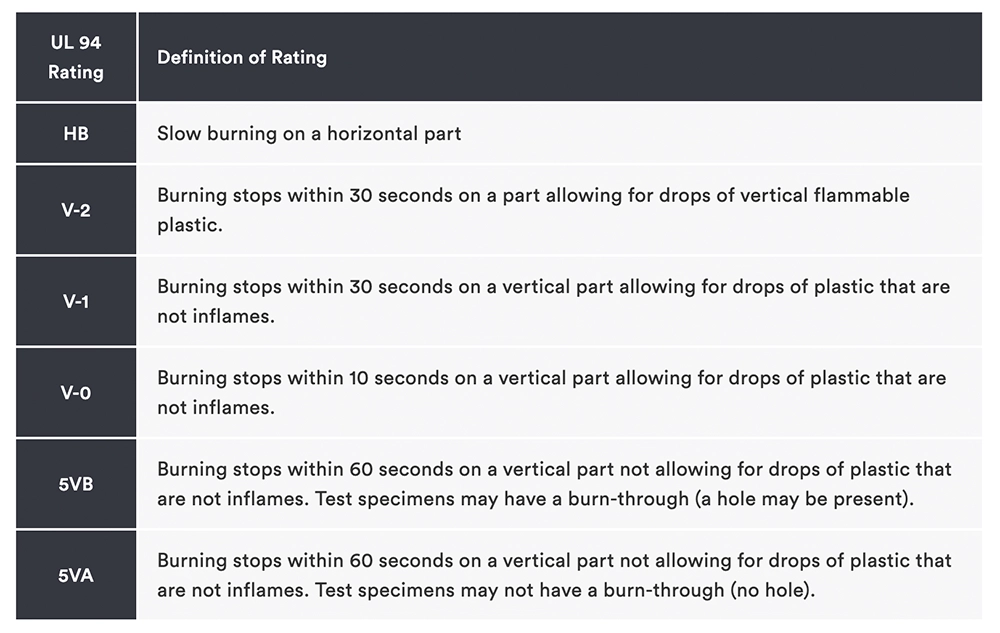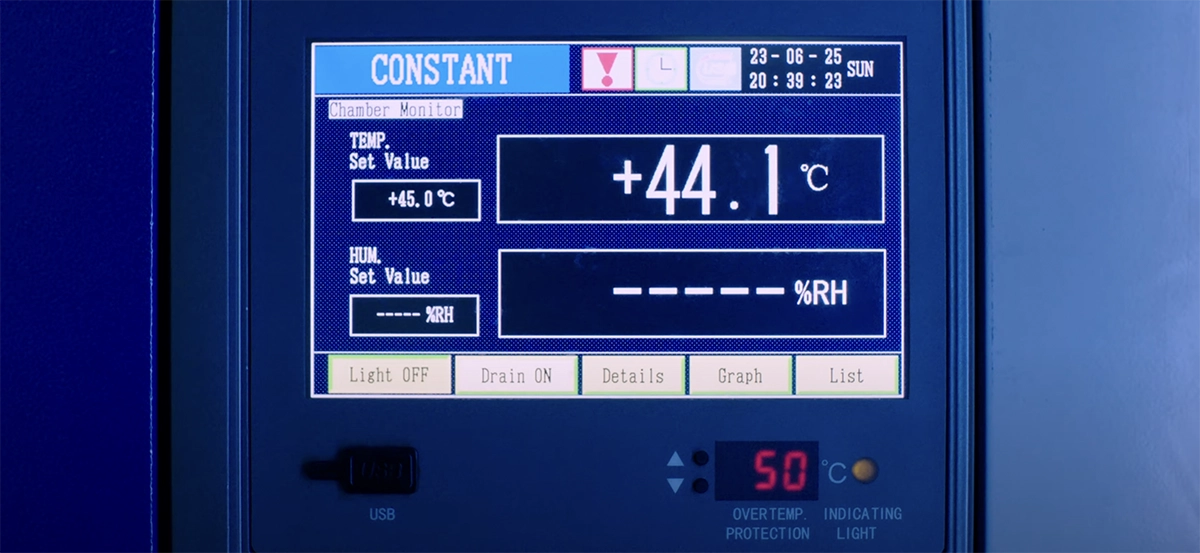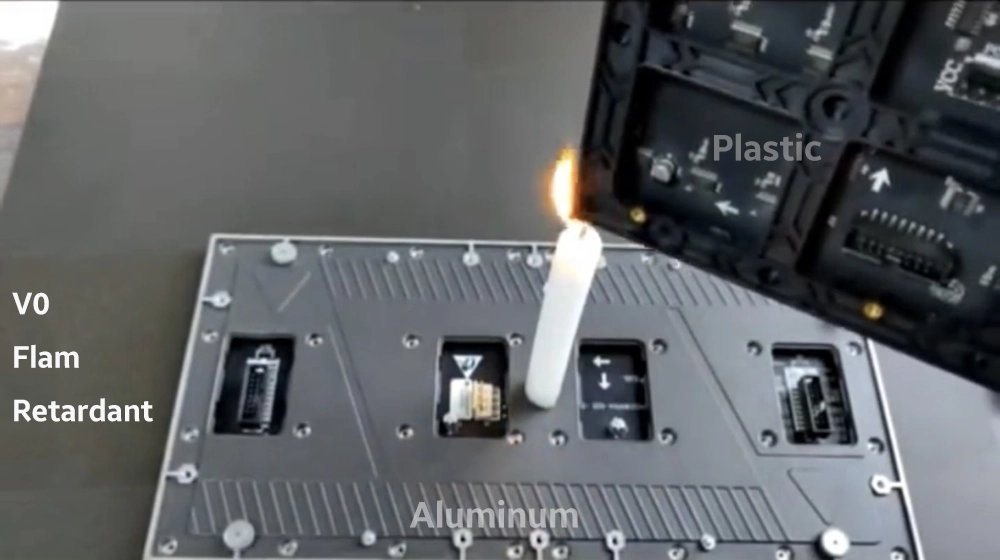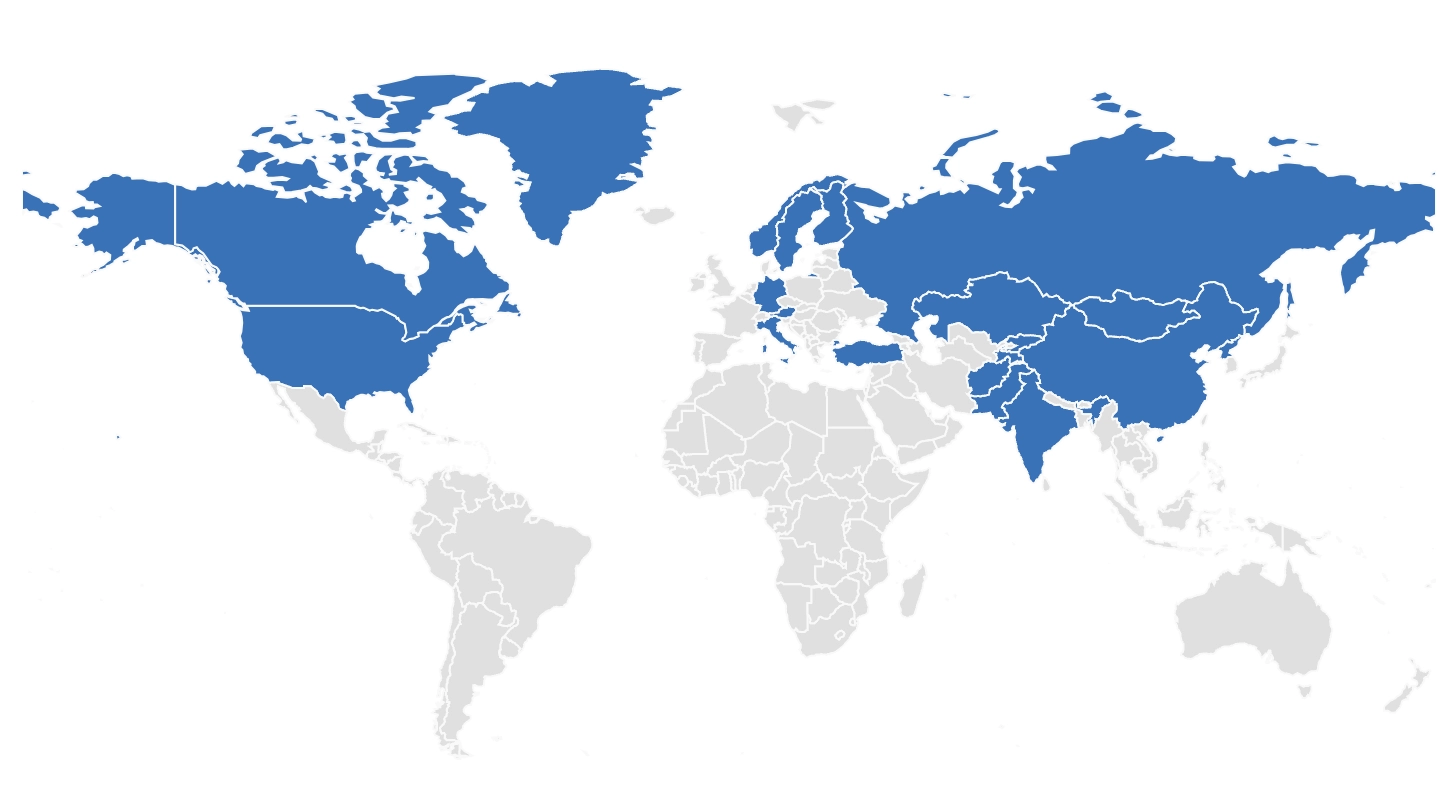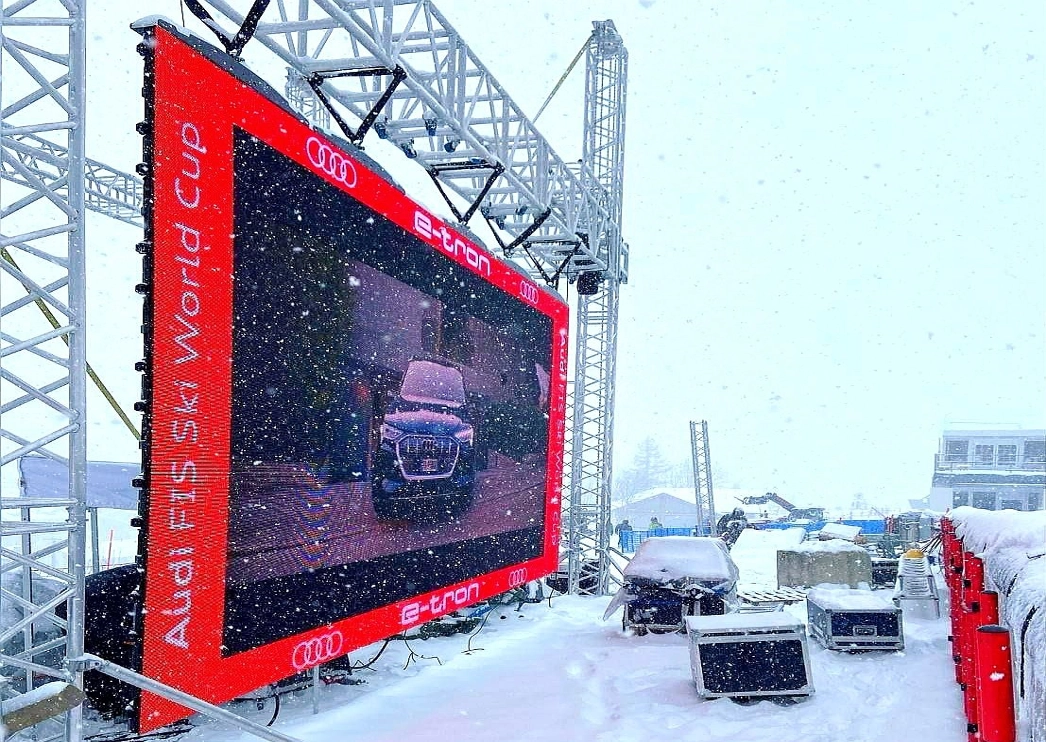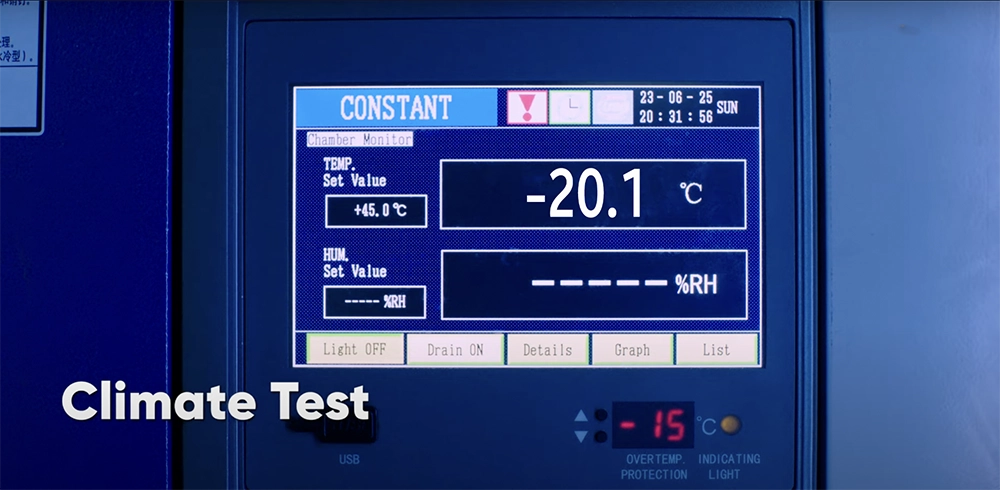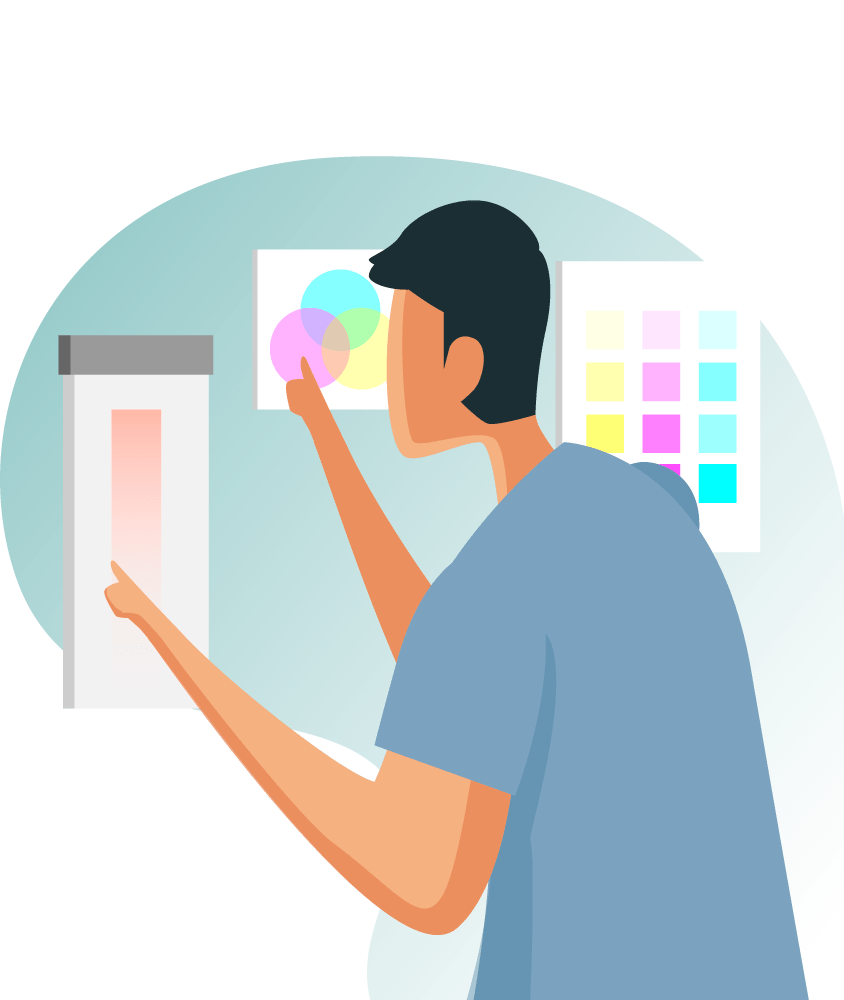How to Choose an Outdoor LED Display
Purpose and Application of led screen
Before you buy an outdoor LED screen, you need to know what you want to use it for and where you want to install it. Different uses and locations have different requirements for the screen’s features and performance. Here are some questions you should ask yourself to help you choose the right outdoor LED screen for your needs:
- What is the main function of the screen? Do you want to use it for advertising, information, or entertainment?
- How far away will the viewers be from the screen? Do you need a high-resolution screen that can show clear images and text even from a close distance, or a low-resolution screen that can cover a large area and be seen from far away?
- How wide is the viewing angle? Will the viewers see the screen from one direction or from different angles?
- What are the weather conditions? Will the screen face direct sunlight, rain, wind, or extreme temperatures? Do you need a waterproof, dustproof, and heat-resistant screen that can withstand harsh environments?
- How much can you afford to spend? What is your budget limit for buying and maintaining the screen?

Pixel Pitch and Resolution
Pixel pitch and resolution are two key factors that affect the quality and clarity of an outdoor LED display. Pixel pitch is the distance between each pixel on the screen, while resolution is the number of pixels that make up the screen. Pixel pitch and resolution are inversely related: the smaller the pixel pitch, the higher the resolution and vice versa.
The best pixel pitch and resolution for an outdoor LED display depend on how far away the viewers will be from the screen and how clear and detailed the image needs to be.
For instance, if you want to show a large image that can be seen from more than 10 meters away, you may choose a pixel pitch of 10mm or more. This will give you a low-resolution screen that can cover a wide area. But if you want to show a small image that can be seen from less than 10 meters away, you may choose a pixel pitch of 5mm or less. This will give you a high-resolution screen that can display sharp and crisp images.
Environmental ruggedness
One of the most important aspects of outdoor digital signage is how well it can withstand different weather conditions and environmental factors. Your outdoor LED screen should be able to operate smoothly and last long in hot or cold temperatures, rain, snow, wind, dust, humidity, and so on. To ensure this, you need to pay attention to the design of your screen and its enclosure, which should protect your LED elements and driving electronics from damage.
The first thing you should look for in an outdoor LED screen is how it manages heat. Heat can affect the performance and lifespan of your LED elements and driving electronics, so you need a good thermal management solution that can keep the LED temperatures within a safe range in any weather. You should ask your vendor about their thermal management solution and how it works in your location.
The second thing you should look for in an outdoor LED screen is how it resists water, dust, humidity, and other environmental factors. Your screen should have a sturdy enclosure that meets the specifications for water resistance, dust resistance, humidity resistance, etc. You should check the enclosure design and make sure it meets the standards for your location.
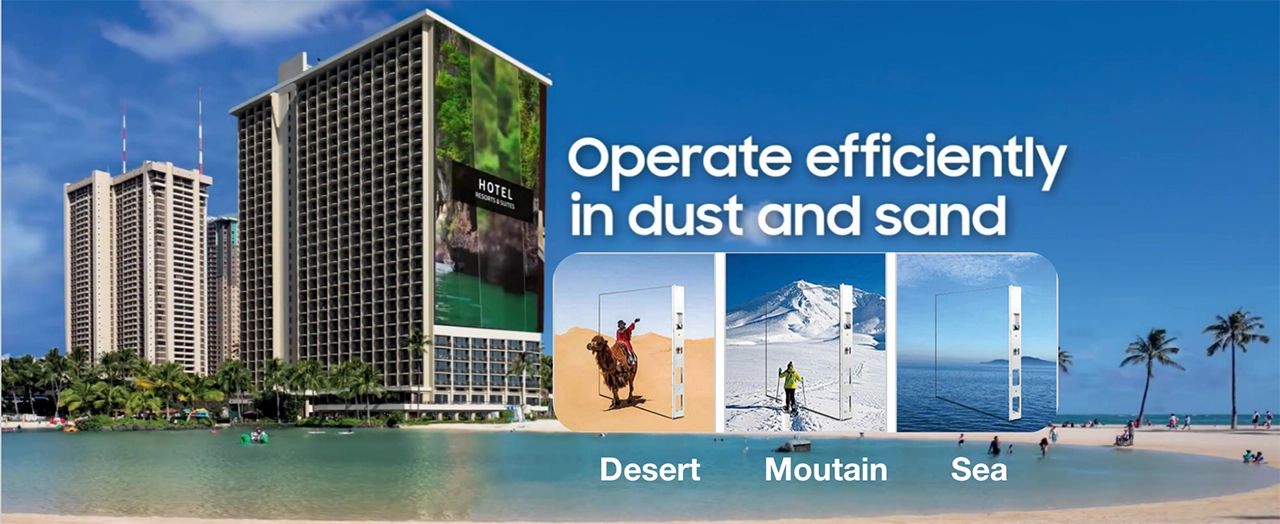
Take Dubai (Dubai climate)for example, The temperature in the Middle East varies depending on the season and the location, but generally, it is hot and dry throughout the year. The climate in this area of the world is fairly consistent with little variation, and the weather in the Middle East is easy to describe: hot and dry. Summers in Dubai, Abu Dhabi, and other popular tourist cities can reach temperatures of 120°F (49°C) and the blazing sun makes it undesirable to spend much time outdoors.
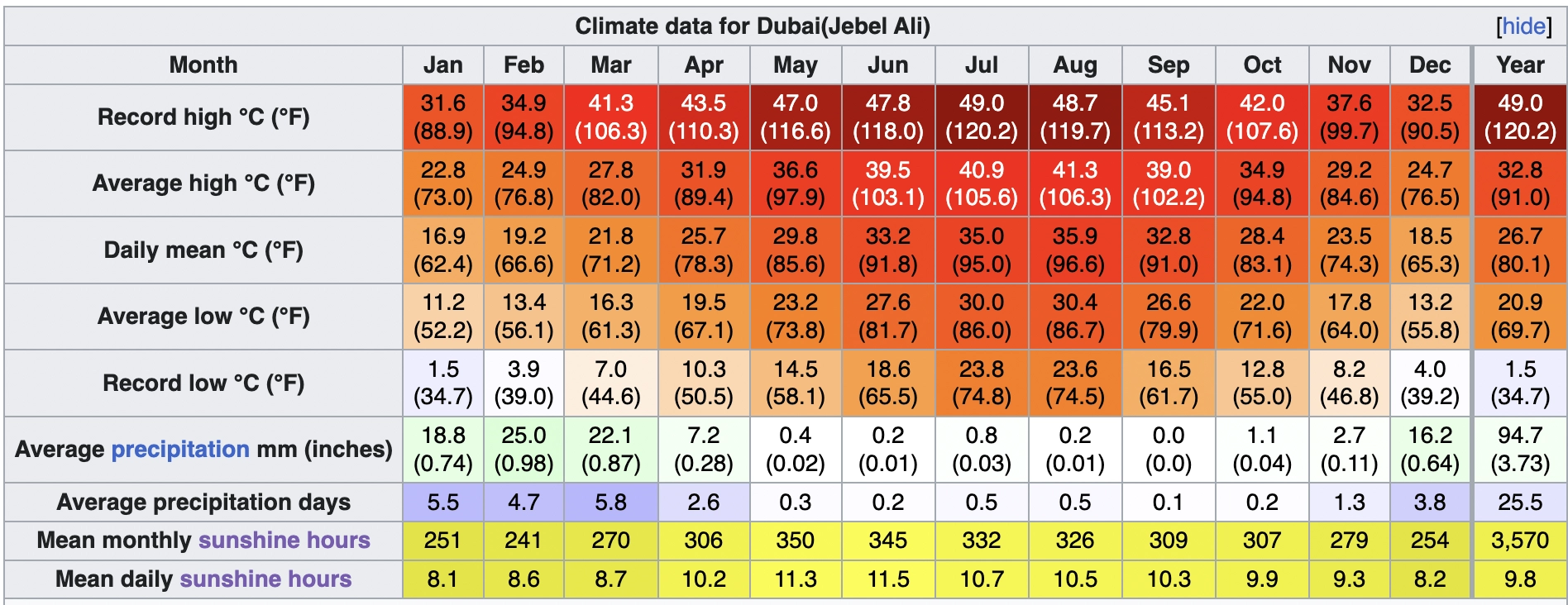
The challenges of LED display working at high temperature:
-
The open circuit and failure of electronic components
If the working temperature of the electronic product exceeds the bearing temperature of the chip, its luminous efficiency will be rapidly reduced, resulting in obvious light attenuation and damage. Electronic products are mostly encapsulated with transparent epoxy resin. If the junction temperature exceeds the solid phase transition temperature (usually 125℃), the encapsulation material will be turned into a rubber-like condition and the coefficient of thermal expansion will rise sharply, resulting in the open circuit and failure of the LED Display.
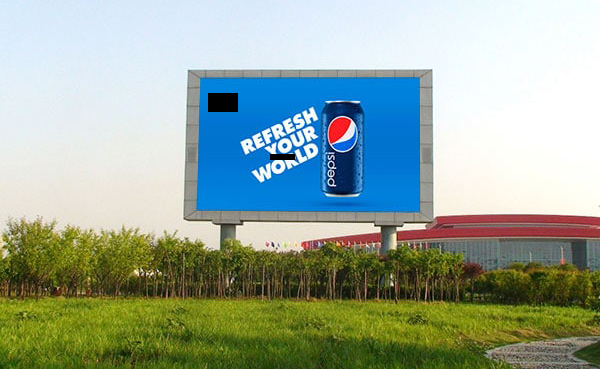
-
The light attenuation of LED display
The light attenuation reflects the life of the LED display. That is to say, as time goes on, the brightness will be increasingly lower until it dies out. High temperature is the main cause of the light attenuation and the shortening life of LED displays. The light attenuation varies among different brands of LED displays. Usually, LED display manufacturers will give a set of standard light attenuation curves. The luminous flux attenuation of LED displays caused by high temperature is irreversible.
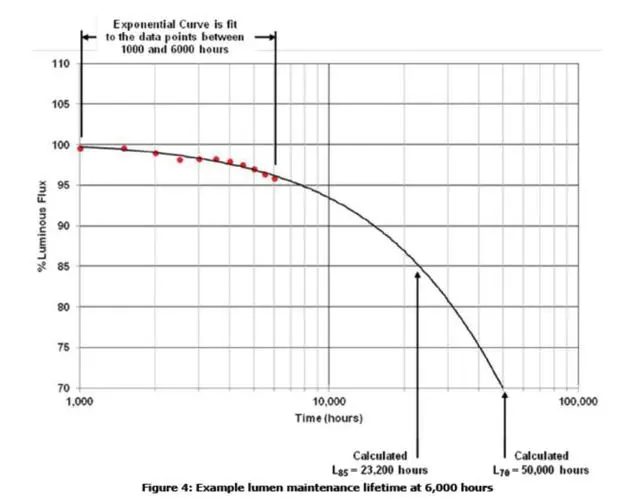
-
Outdoor high brightness LED Display Screen Catch fire
Poor quality power cables/Lan cable/flat cable, Improper wiring or connection could burn under high temperature, incompatible power supply can cause an overloading, short circuit, or sparks
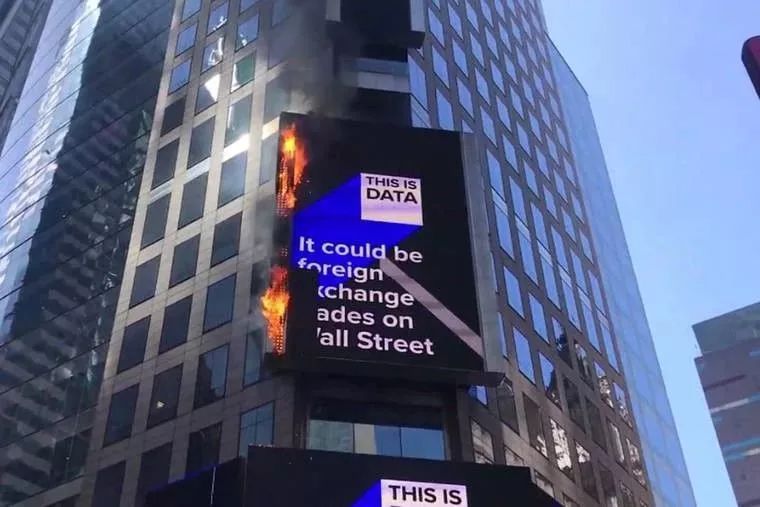
How to Choose the Appropriate outdoor led display
-
Brightness
The brightness of an LED screen is measured in nits or candelas per square meter. The higher the brightness, the more visible the screen will be in direct sunlight. However, higher brightness also means higher cost and power consumption. Therefore, you should choose a screen with the appropriate brightness level for your needs. For example, if your screen is facing the south or southwest direction, where the sun is strong, you may need a brightness of at least 7000 nits. If your screen is facing the north or northeast direction, where the sun is less intense, you may be able to use a lower brightness of around 6000 nits. If your screen is in a shaded area, such as under tall buildings or trees, you may only need a brightness of 5000 nits.

-
Refresh rate
The refresh rate of an LED screen is the number of times per second that it updates the image on the display. The higher the refresh rate, the smoother and clearer the motion on the screen. A high refresh rate screen can reduce flickering and ghosting effects, which can cause eye strain and fatigue. You should look for a screen with a high refresh rate, preferably above 2880 Hz if the led screen is going to be taken video by the audience.
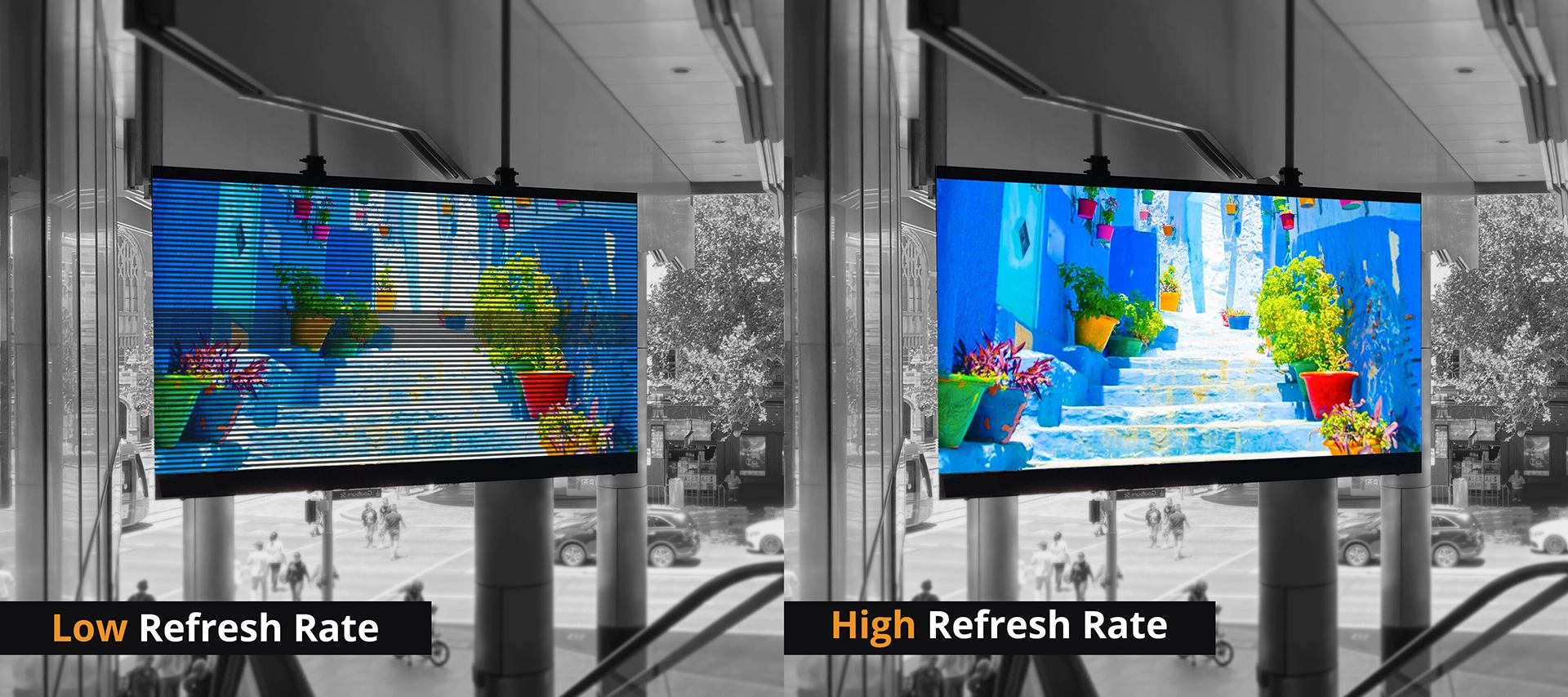
-
Contrast ratio
The contrast ratio of an LED screen is the ratio between the brightest white and the darkest black that it can display. The higher the contrast ratio, the better the image quality and depth perception of the screen. A high contrast ratio screen can show more details and nuances in both bright and dark areas than a low contrast ratio screen. You should look for a screen with a high contrast ratio, preferably above 3000:1. However, you should also check for local dimming performance, as some screens may have a high contrast ratio but poor local dimming control.

-
Color gamut
The color gamut of an LED screen refers to the range of colors that it can display. The wider the color gamut, the more colors and shades that the screen can reproduce. A wide-color gamut screen can show more realistic and natural colors than a narrow-color gamut screen. You should look for a screen with a wide color gamut, preferably covering at least 85% of the DCI-P3 color space. However, you should also check for color accuracy, as some screens may have a wide color gamut but poor color calibration.
VISIONPI High Brightness Outdoor Series
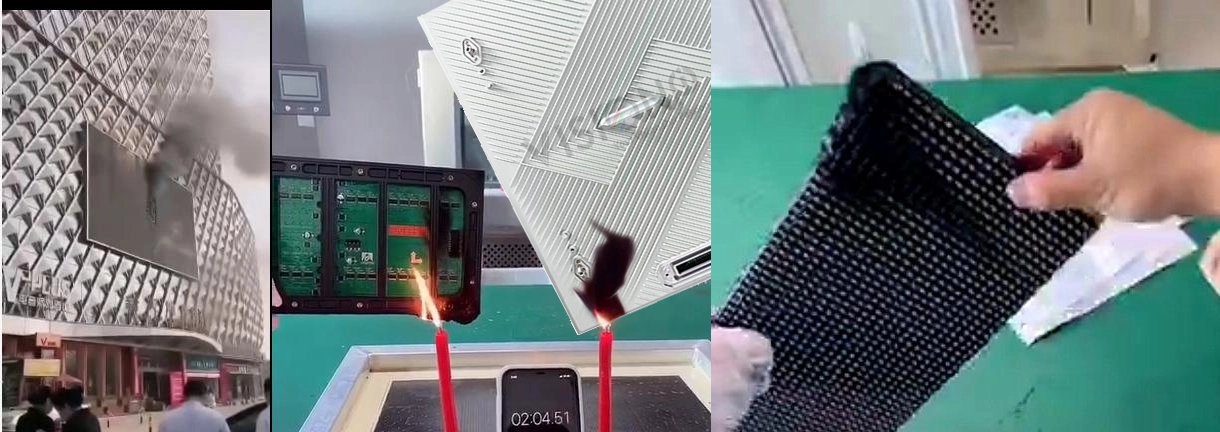
Outdoor high brightness LED Display Screen
- High-quality gold wire LED and big currency driving IC and components that can withstand high temperatures without blackening or degrading.
- Effective aluminum heat sink design, such as 4 layer pcb board creates more space for the circuit and an external ventilation fan inside the control box to help the led screen dissipate the heat quickly.
- Calibrating and adjusting the brightness of the electronic product according to the ambient light and time of day using software tools or lighting sensors.
- High-temperature solder paster ensures the strength of the soldering work.
- Common cathode energy-saving technology decreases power consumption and heat.

